Get Ready for the 2020 Perseid Meteor Shower
The annual Perseid meteor shower is one of the most active of the year, and it will reach its peak during the night of the 11/12th of August. With the potential for over 100 meteors per hour at its peak, it is well worth making an effort to watch.
Find out how and when to view this year’s event, and let’s hope that 2020 puts on a great show.
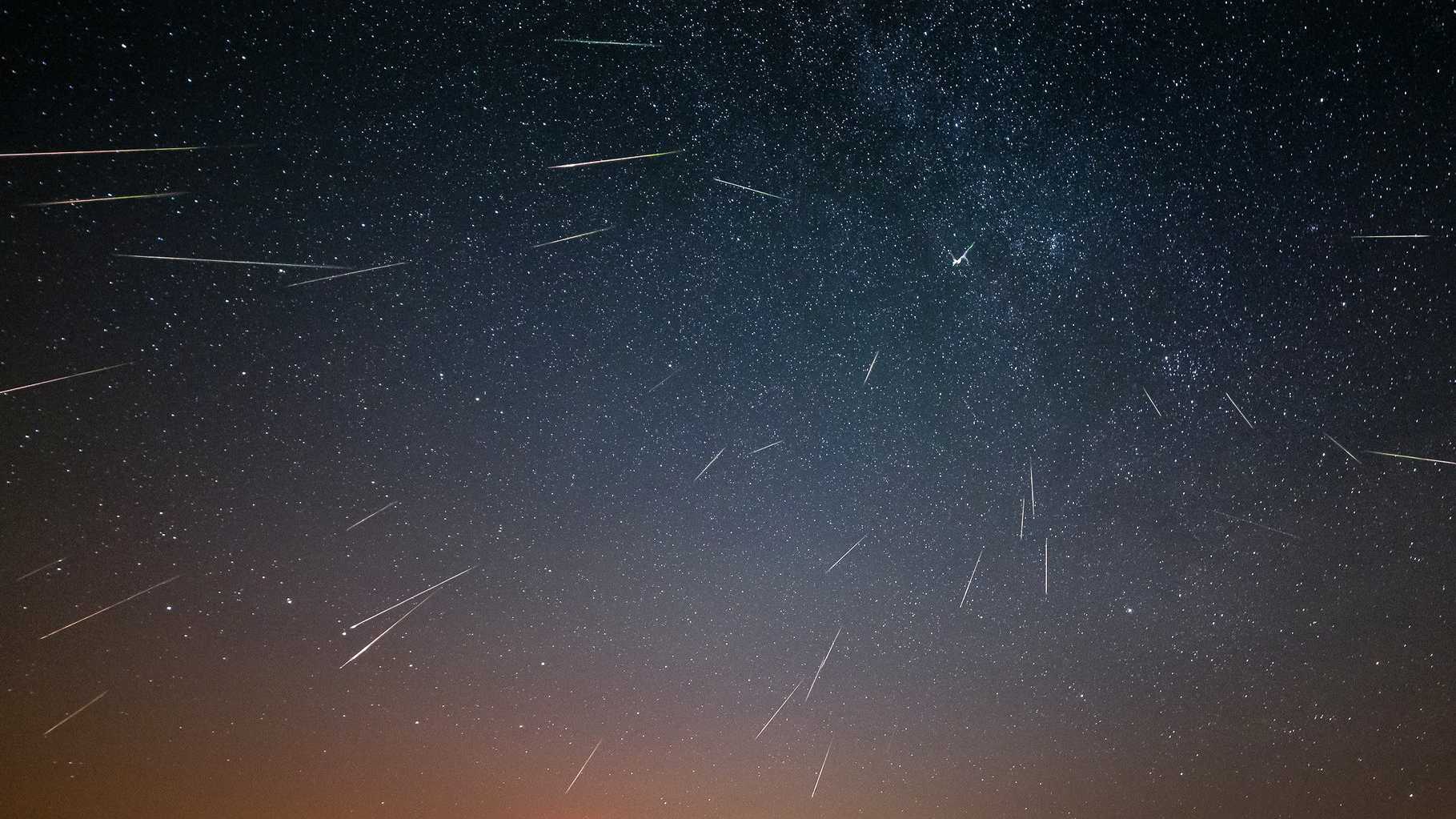
Dozens of meteors were captured during the 2015 Perseid Meteor Shower, by mLu.fotos CC BY 2.0
Contents
What causes a Meteor Shower?
Meteor showers are caused when the Earth passes through a stream of debris left behind by a comet.
Often referred to as ‘dirty snowballs’, comets are made up of ice and rock with typical sizes ranging from a few hundred meters up to tens of kilometres in diameter.
Comets often have very elongated orbits, bringing them close to the Sun for a short period before being thrown back out into the solar system.
As a comet approaches the Sun in its orbit, the ice begins to heat up and sublimate away from the comet’s surface. This process causes dust and rock trapped within the comet’s core to be released, leaving behind a stream of dust particles along its orbit.
As the Earth travels around the Sun in its orbit, it will sometimes intersect one of these comet dust streams. These dust particles, often no bigger than a grain of sand, hit the Earth’s atmosphere at speeds of tens of kilometres per second!
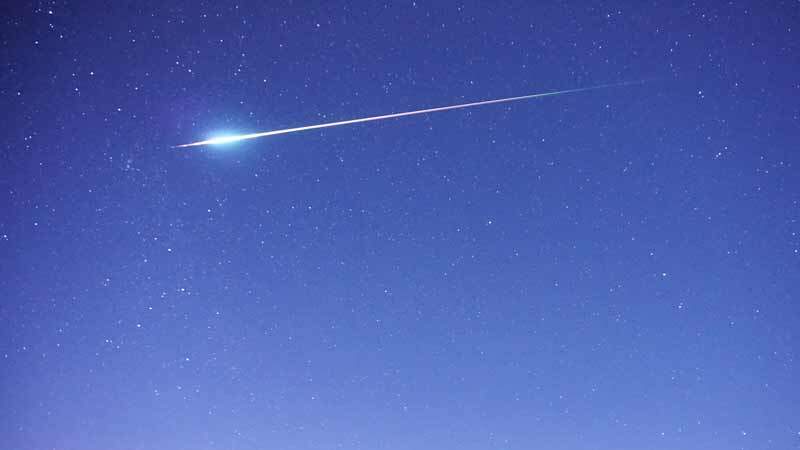
A bright meteor streaks across the sky, by Mike Lewinski CC BY 2.0
The friction created at these high speeds vapourises the dust particle and causes the air around them to heat up and glow brightly; this streak of hot glowing air is what we see in the night sky as a meteor.
In the case of the Perseid meteor shower, the Earth crosses the dust trail left behind by the comet known as 109P/Swift-Tuttle.
Why is the Perseid Meteor Shower so good?
The Perseids meteor shower is one of the most active, reliable and dramatic of the year. Here are a few reasons why you should make an effort to watch this year’s show.
- The number of meteors you can expect to see in one hour under the right conditions could be anywhere from 60 to well over 100 during the peak.
- The meteors are travelling fast! Perseid meteors can hit the upper atmosphere at speeds of 58 km/s or more, producing lots of bright meteors.
- The Perseids produce a large number of very bright meteors known as ‘fireballs‘ due to the high number of large dust grains left behind by comet 109P/Swift-Tuttle.
- The Perseid meteor shower is excellent for northern hemisphere observers. It occurs during the milder summer months when the nighttime temperatures can often be more comfortable.
When will I see the most Shooting Stars?
The Perseid meteor shower has slowly been ramping up since mid-July, but it will reach its peak during the early hours of the 12th of August before dawn.
At its peak, you may see upward of 100 meteors an hour under ideal sky conditions.
The graph below shows you when to expect the peak of the Perseid meteor shower.
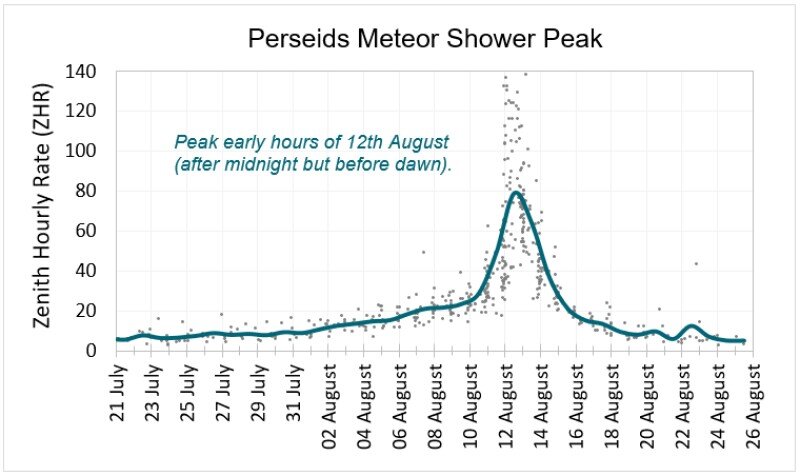
The data in the graph shows observer submitted meteor rate data from the previous ten years’ Perseid meteors showers (2009 – 2019). The thick line is the average of the last ten years.
Don’t worry if you miss the peak on the 12th of August, or if the weather scuppers your plans. The Perseid meteor shower has a broad peak, and you could still see many meteors on the nights either side of the main peak.
You will see more meteors after midnight.
After midnight you will be facing in the same direction as the Earth travels around in its orbit. In this direction, the Earth gathers more of the dust left behind by the comet. Additionally, the speed that the meteors hit the upper atmosphere is higher as they combine with the Earth’s orbital velocity.
This combination produces more bright meteors and is why the best time to view the Perseid meteor shower, or any meteor shower, is at pre-dawn before the sky begins to get light.
You can still see Perseid meteors before midnight once it is dark enough, but if you can stay up into the early hours, you will be rewarded with many more meteors.
Be aware of the Moon
The Moon will rise at about 11:50 pm on the 12th of August in the UK and will be in its final quarter phase (half-moon). Its light will, unfortunately, drown out some of the fainter meteors, reducing the total number that you might see.
However, don’t despair the Perseid meteor shower produces many bright meteors, so even with the ambient light from the Moon, your chances of seeing meteors are good.
How to view the Perseids
The best thing about viewing meteor showers is that no specialist equipment is required. All you need is your eyes to get the most expansive view of the night sky, increasing your chances of spotting meteors.
Find somewhere dark and away from annoying street and security lights, and give your eyes at least 20 minutes to adjust to the darkness.
It would also help to use a reclining chair with a headrest. You will be watching the sky for a while, and it will be easier on your neck if you can lay back in a relaxed position looking up at the sky.
Remember to wrap up warm, even during summer; the nights can get surprisingly chilly under a clear sky. Wear a warm coat, or even get into a sleeping bag if you are on a reclining chair or insulated mat.
You should also try to watch for meteors for at least one hour to increase your chances of seeing lots of meteors. Don’t give up if you don’t see any meteors in the first ten minutes. The rate is not constant, and a burst of meteors may be just around the corner, so stick it out and keep watching.
Where should I look?
The Perseid meteors can appear in any part of the sky; however, if you trace the path of meteors backwards, you will see that they all seem to originate from the same point in the sky. This point is known as the radiant.
The radiant of the Perseids is located within the constellation Perseus and is why the meteor shower gets its name.
To find Perseus and the radiant, you should look to the northeast at midnight. Perseus will be below the familiar ‘W’ shaped constellation of Cassiopeia. You can use the chart below to help.
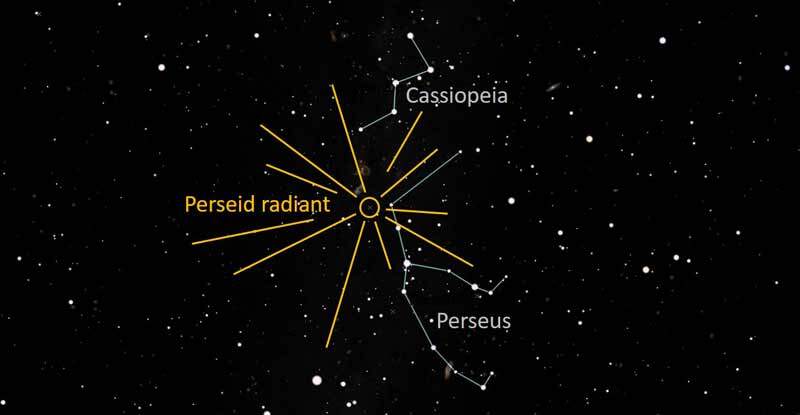
The chart was generated by Starry Night Enthusiast 8 © Copyright Simulation Curriculum Corp. All rights reserved www.starrynight.com
You don’t need to stare directly at the radiant as the meteors can appear in any part of the sky. You should pick an area of the sky that is not too close to the horizon and preferably away from where the moon will be located.
You then need to stick with this area of sky for a while and be ready to react whenever you spot any meteors out of the corner of your eye.
Summary
The Perseid meteor shower is a very active annual meteor shower. It is easy to watch and accessible to everybody. Here is a recap of the main points:
- The Perseid meteor shower peaks in the early hours of 12th August.
- Up to 100 meteors per hour are possible.
- Stay up after midnight to see more meteors.
- Watch the sky for at least one hour.
- Meteors can appear in any part of the sky.
- Make sure you are warm and comfortable; a reclining garden chair is ideal.
- Try to get to an area with less light pollution.
- The radiant is located in the constellation Perseus. It will be towards the northeast in the evening sky, and high above your head just before dawn.
- Be aware that the moon will be in its last quarter phase and its light may drown out some of the faintest meteors.
- However, you can still expect to see many bright meteors and possibly even some very bright fireballs.
Use these tips to help maximise your chances and see how many meteors you can spot.
If you enjoyed this post, please consider subscribing or leaving your feedback in the comments below.
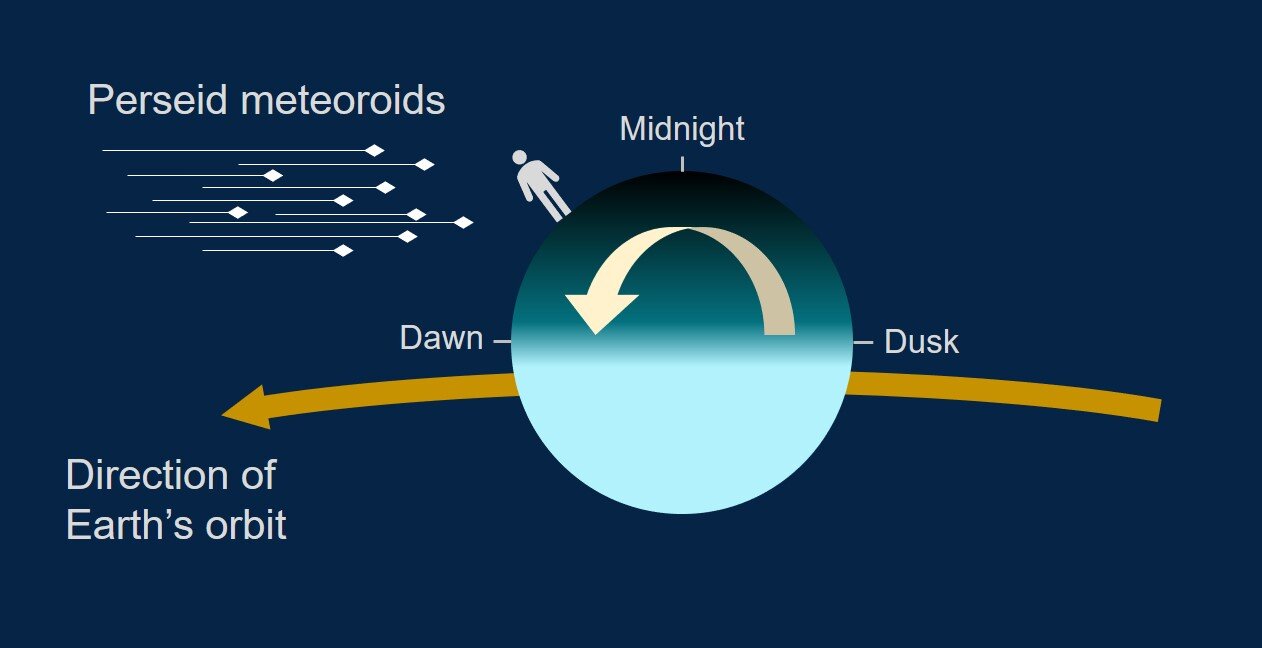
2 Comments
Ryan · July 31, 2020 at 9:02 am
What are your viewing plans for the 12th August? Are you watching from your garden or heading out to somewhere more remote?
Mike_Soulby · August 4, 2020 at 1:30 pm
Hi Ryan,
I plan to watch from my back garden on the nights 10/11th, 11/12th and 12/13th August. I will watch for about an hour after midnight each night, weather dependent.
How do you intend to view the Meteors?